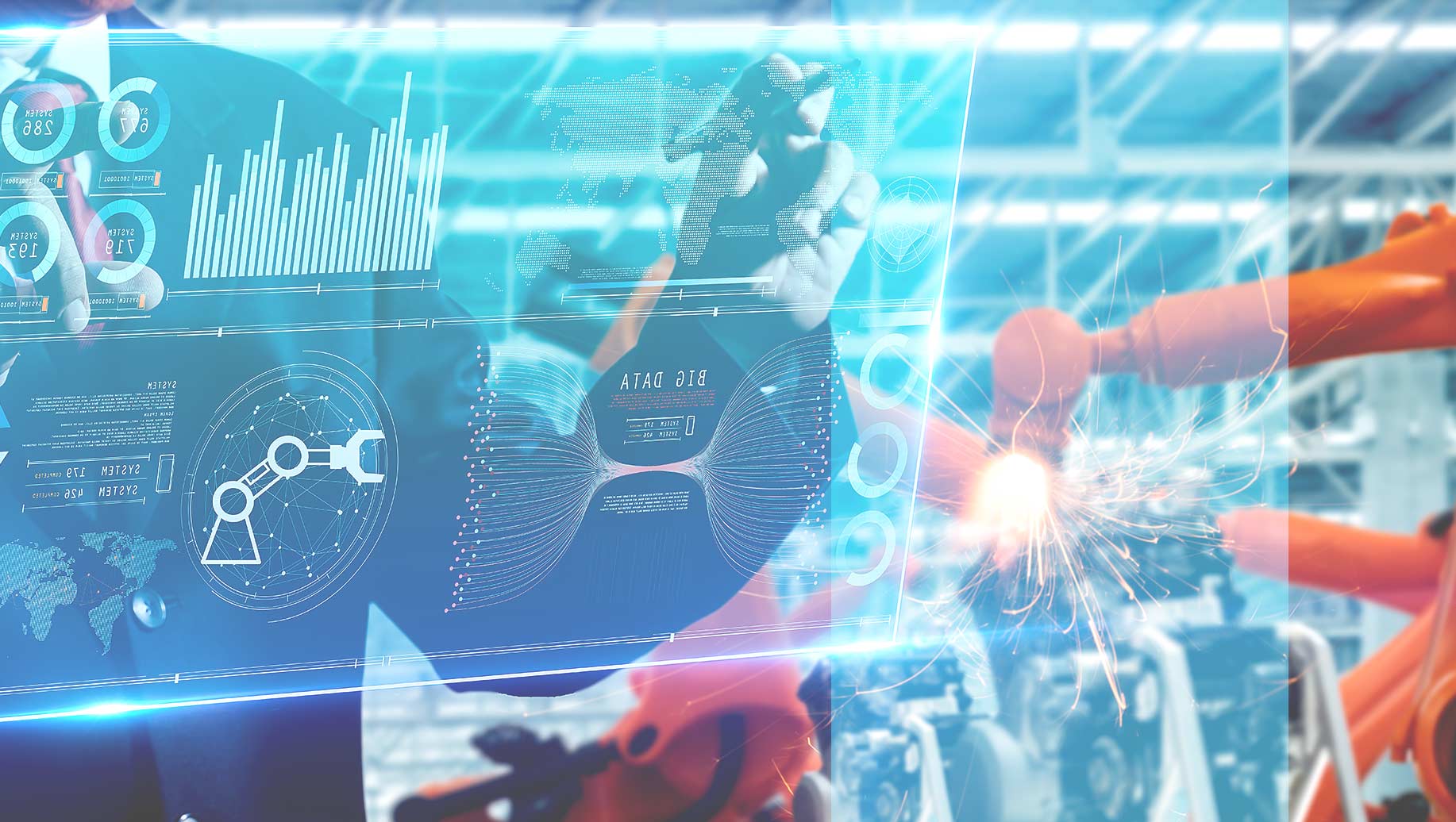As an IoT company, we’re keenly aware of the flood of data generated daily by connected “things.” For the businesses we work with, all that IoT data is being used for good—to operate more efficiently, create healthier spaces, save money, and more. Many of those improvements are made possible thanks to machine learning, a technology capable of crunching massive data sets and mining them for insights. As the amount of data produced by the IoT continues to increase, machine learning will become a necessary tool for any business looking to gain a competitive advantage through data.
In this article, we’ll explore how the IoT and machine learning are working together to drive business value—and the role humans play (and will continue to play) in data capture, analysis, and decision-making.
Want to know how the IoT and machine learning can help your business save money? Schedule a call with us and we’ll show you!
The IoT & Machine Learning: Unlocking The Value Of Big Data
First things first: What is machine learning? Machine learning is the process of using computer algorithms to learn from data for the purpose of informing future actions.
Traditionally, data analysis was done by people—and much of it still is. But when it comes to IoT data analysis, machine learning has two significant advantages over humans:
- It can handle large data sets. Humans tasked with finding answers to business questions in a sea of data must filter out what is perceived to be irrelevant data, and pinpoint certain data sets where answers are likely to lie. As a result, it is estimated that between 60% and 73% of data goes unanalyzed. Machine learning, in contrast, can be applied to the very large data sets being generated by IoT devices today, and analyze it all, generating more comprehensive insights.
- It works faster than humans. IoT devices collect data in real-time, a characteristic that’s valuable if the data can be analyzed and reacted to quickly. Humans (and the traditional database systems they use) can’t process big data fast enough for the resulting insights to be useful, but machines can.
50% of machine learning users feel they are able to make faster, more educated decisions.
When used correctly, the insights derived from analyzing IoT data can help businesses dramatically improve their internal efficiency and operations. For example, machine learning is an excellent tool for predicting equipment failures. While maintenance personnel might notice when something is “off,” they aren’t able to monitor equipment 24/7, nor are they able to “see” the extremely subtle anomalies that often serve as leading indicators of maintenance. IoT sensors applied to critical pieces of equipment can monitor machine vibrations around the clock, alerting you to potential problems early. In addition, machine learning is capable of running more sophisticated analyses on vibrations, taking historical patterns, run time, and other factors into account. The more data it collects, the more the computer “learns”; it can then use those data patterns to inform future analyses.
Machine Learning & Humans
Machines are powerful data-crunching tools, but even machine learning benefits from human insight. While computers are capable of applying algorithms to terabytes of data and making predictions, people have the domain expertise required to focus the analysis.
For example, facilities managers understand that the energy consumption of a commercial building is continuously changing based on a number of dynamic conditions. Occupant behavior, energy usage patterns, total energy consumption of systems and equipment, the weather, and seasonal changes are all factors that make a difference. Humans can design machine learning algorithms to incorporate those data sets—essentially structuring the analysis—but computers are not capable of formulating that data foundation on their own.
In coming years, the field of deep learning—a type of machine learning and artificial intelligence that imitates the way humans gain knowledge—is likely to develop. But until deep learning comes to fruition, the IoT and machine learning will continue to require human involvement.
Solving Problems With (& Without!) Machine Learning
The sophisticated insights produced by the IoT and machine learning can be extremely useful for solving business challenges, but not all problems require complex analytics—or complex solutions.
At IotaComm, we’ve helped many companies solve problems using IoT data. Our machine learning platform is capable of generating actionable insights from large data sets, but our experienced team also helps companies like yours reach their goals by recommending a variety of impactful, simple solutions. Whether your challenge is around reopening your building in the midst of COVID-19, becoming more sustainable, improving energy efficiency, or anything else, we can help. We hope you’ll reach out to us today!


